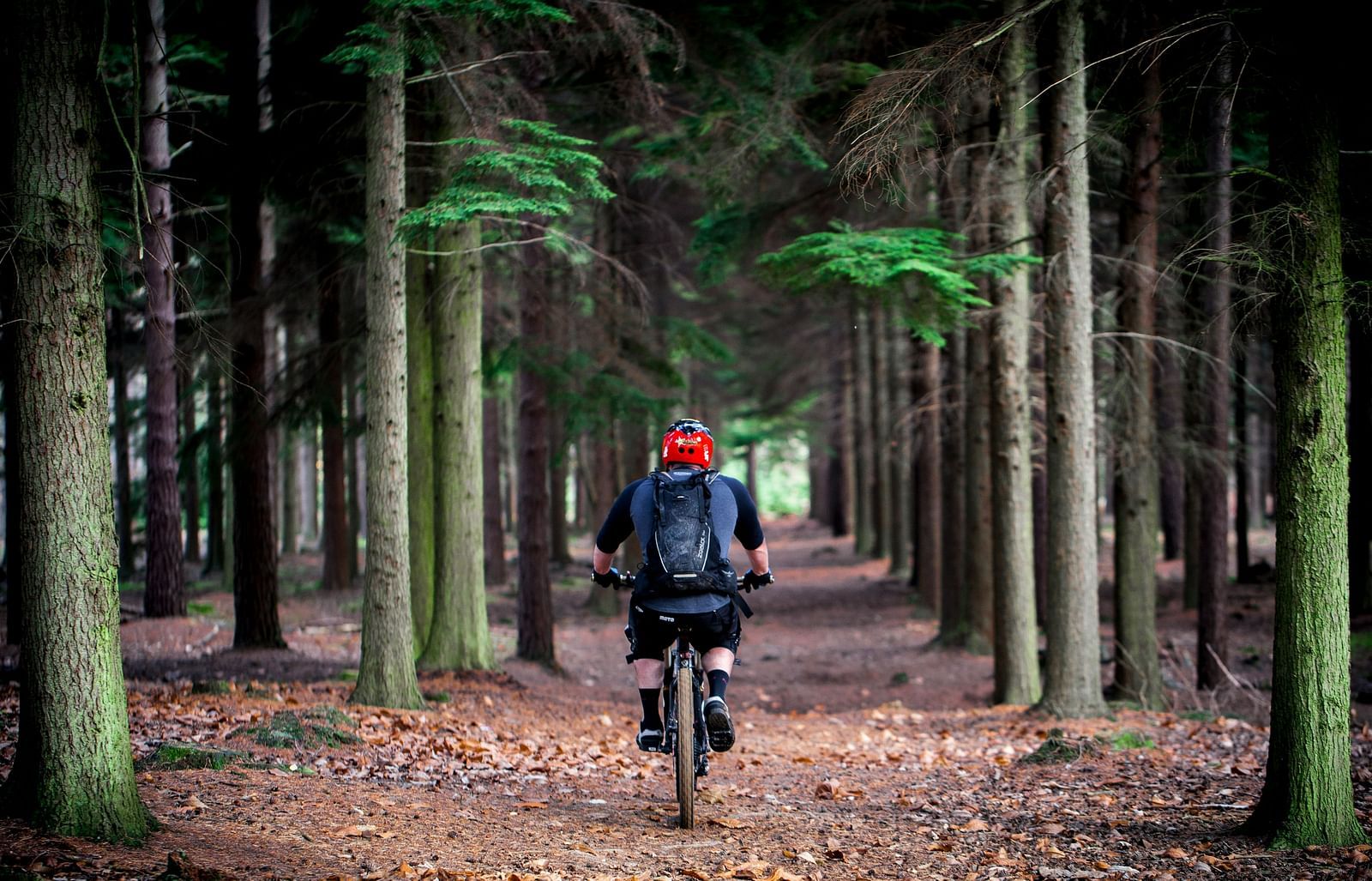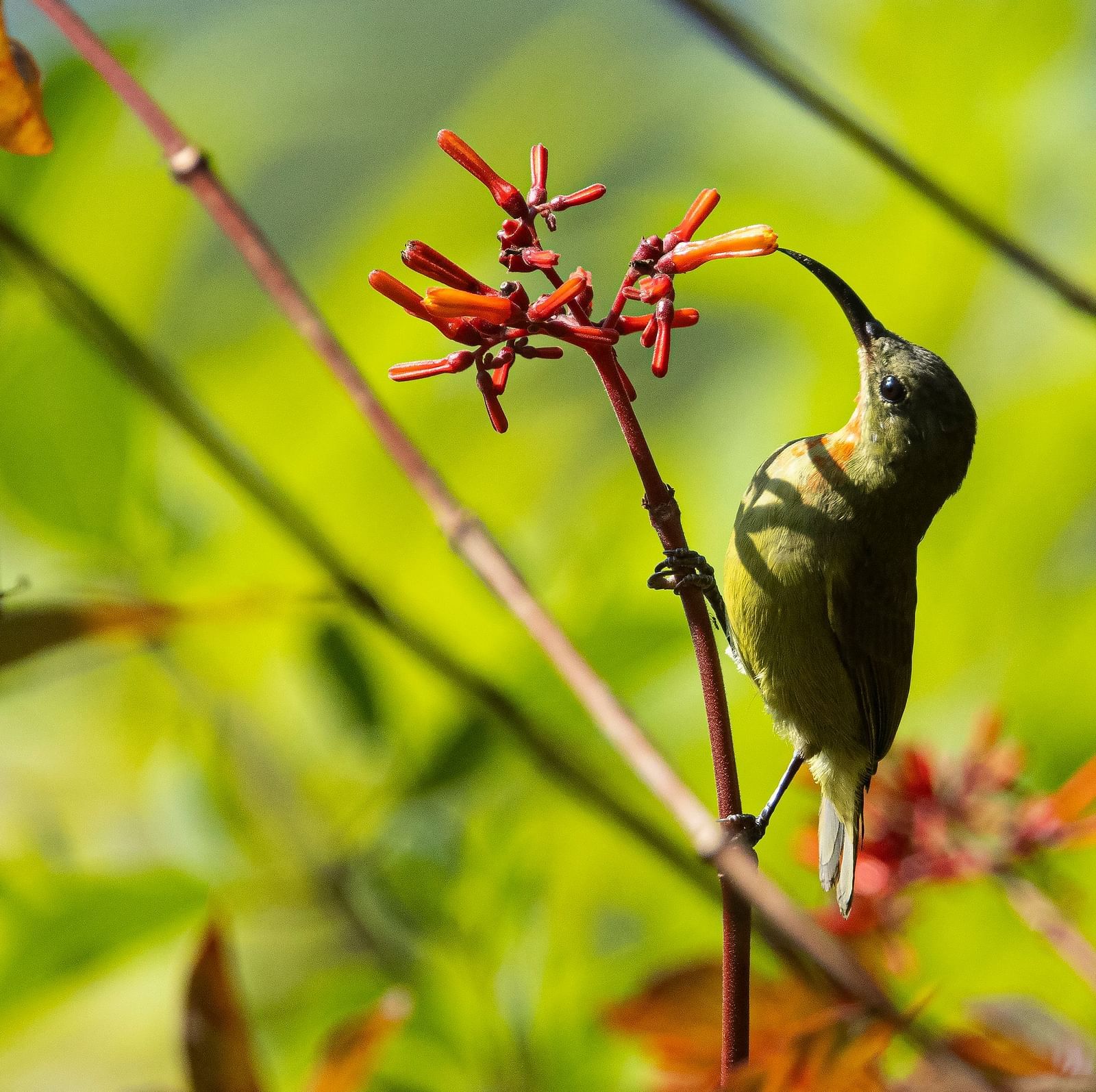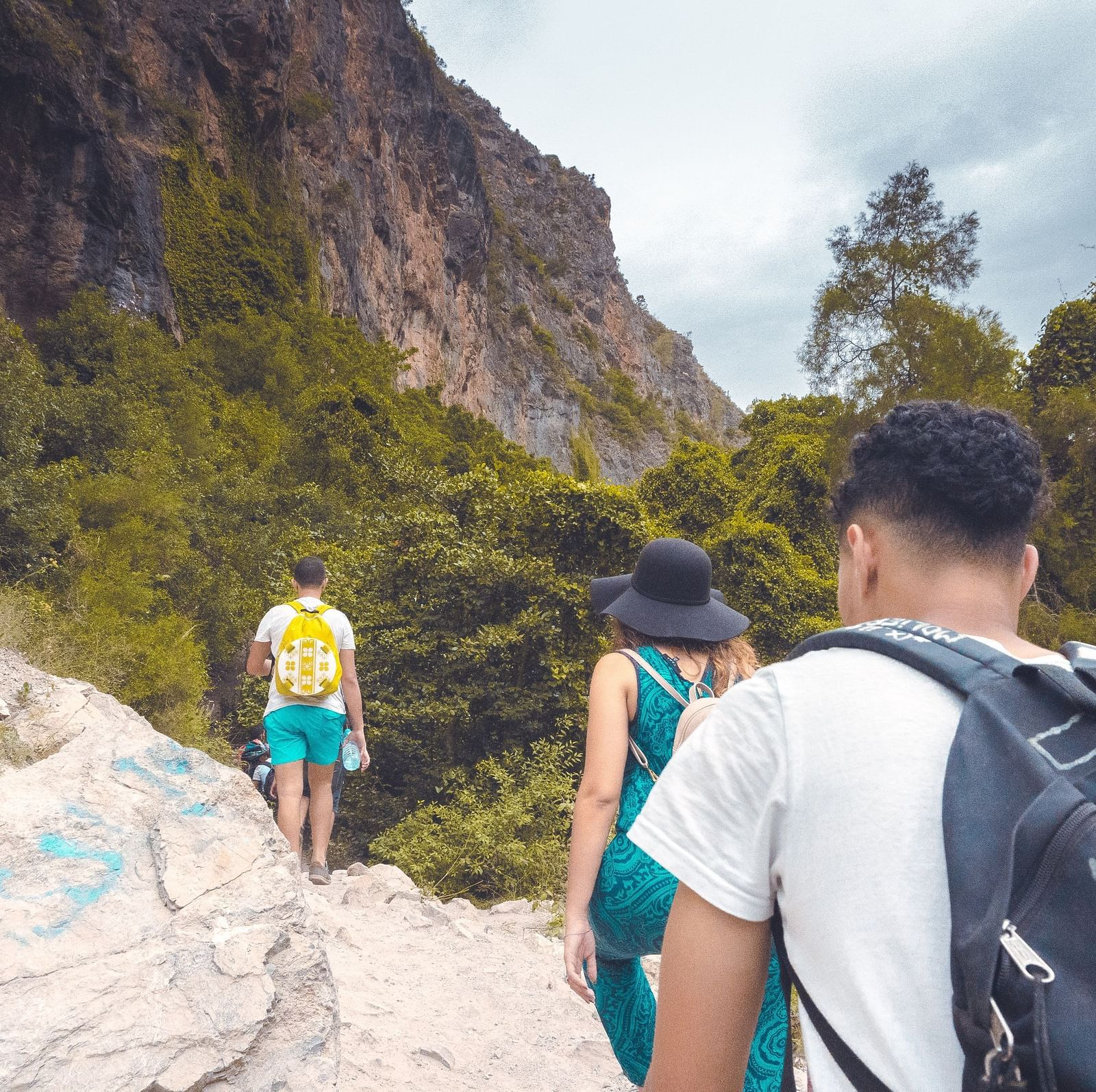

Home > The Riverview Retreat, Corbett > Experiences & Activities > Adventure Activities in Corbett
Adventure Activities in Corbett
Adventure Activities in Corbett

River Rafting (Only During Monsoon)
Experience the adrenaline rush of river rafting in Corbett as you navigate the thrilling rapids of the Kosi River. Surrounded by the scenic beauty of the Himalayan foothills, this adventure offers a perfect blend of excitement and natural splendor.
Whether you're a novice or an experienced rafter, the Kosi River promises an unforgettable rafting experience near Jim Corbett National Park.
Rock Climbing and Rappelling
If you're looking to overcome your fear of heights in the most adrenaline-pumping way possible, rock-climbing and rappelling is the activity for you!
You will be taught to climb rocks and assisted by ropes and carabiners, and also taught abseiling or rappelling, which refers to the controlled descent off a vertical drop.


River Crossing and Traversing
River crossing/traversing is one of the standouts amongst the adventure activities on offer. Ropes are tied from one end of the river to the other and it is crossed one way by hanging on to the rope and pushing yourself forward. To make your way back, you will have to stand on the rope and walk while holding onto the other rope for support. It is an exciting activity that is a favourite amongst kids and grown-ups alike!
Cycling
If cycling is an activity that you love indulging in, you're in for a treat during your visit to Corbett. For this activity, an experienced guide will accompany you and show you the sights around the place in the Sitavani Reserve Forest area. Carry your backpack with essentials along and pedal your worries away!

More Activities

Bird Watching

Hiking

Trekking

Soft Adventure

Bird Watching
Corbett National Park is a bird watcher's paradise. The park, with its rich Bio-geographic diversity, is home to more than 600 species of birds - about half of the total species found in the entire Indian subcontinent! It is considered one of the true bird parks of the world. Raptors are of infinite variety and occasionally, species of hawks and eagles appear. The numerous water bodies provide an ideal habitat for ducks and waders, most of which are migratory. The park forms a natural crossroad and meeting ground for avian species from high-altitude areas, plains and eastern and western regions. Because of this unique location, the bird population is pretty high throughout the year, with winter visitors, summer visitors, altitudinal migrants, passage migrants and local migrants. Watching birds keenly and gaining knowledge on their habitats can be as interesting as watching some animal in the open wilderness. Some feel frustrated not spotting a bird for long. But like there are rules to every game, there are rules to this game also.